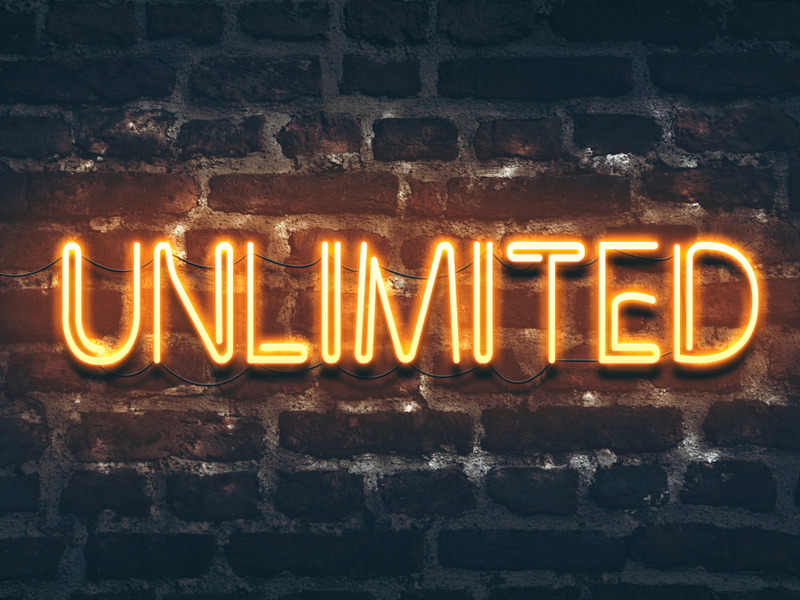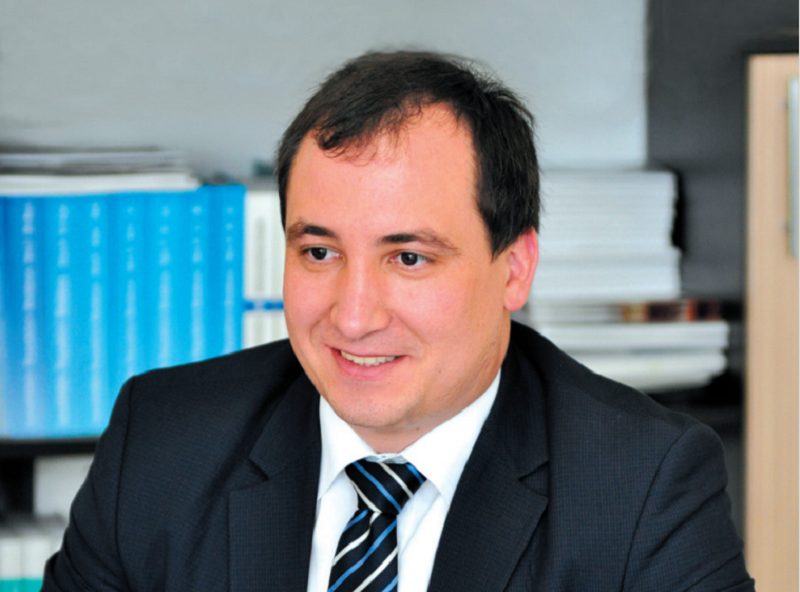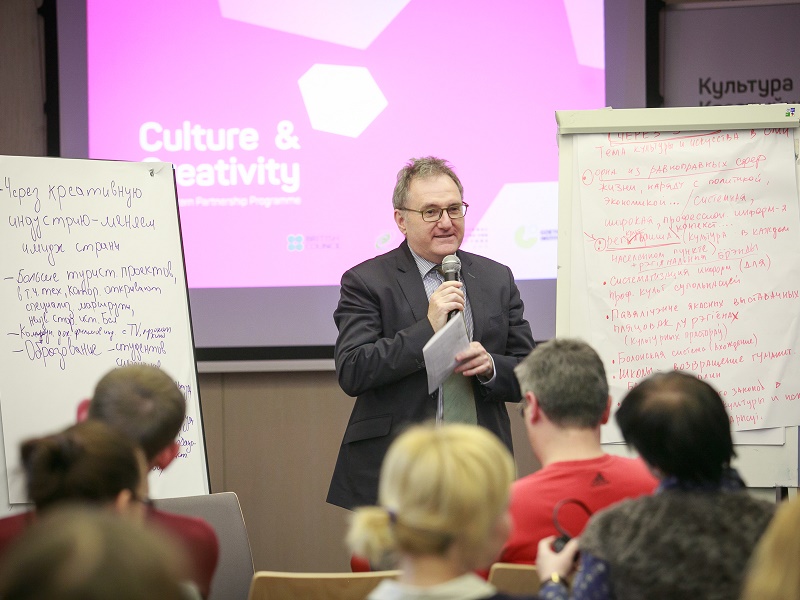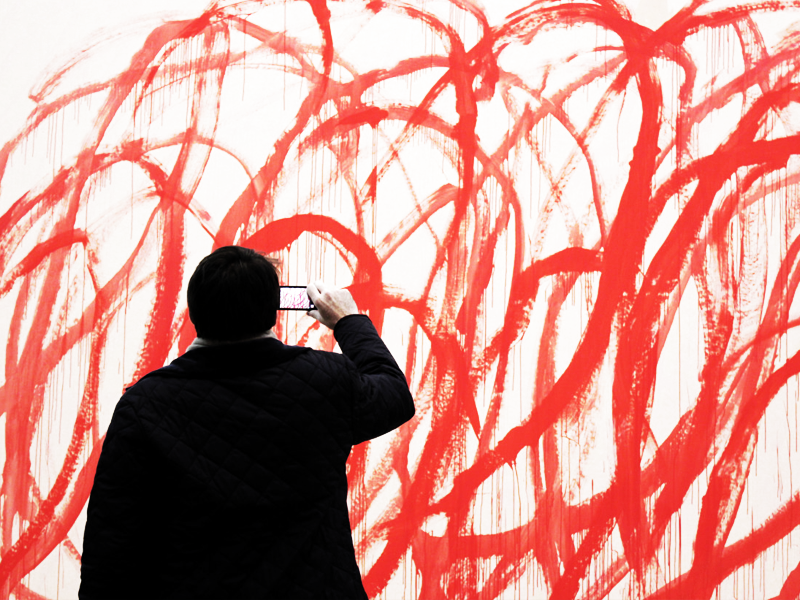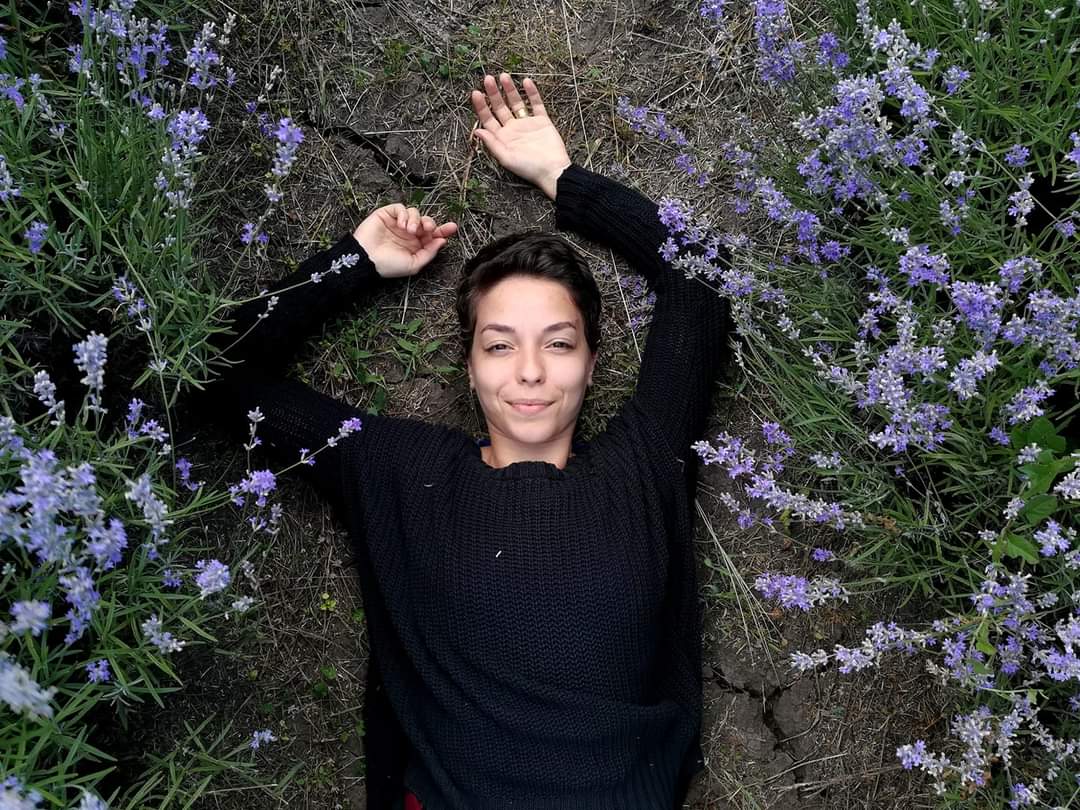
HANDMADE: a 'small village' in the middle of a big city
One of them is Iuliana Pislaru, designer, creative entrepreneur, and organizer ROCreator fairs. She lives in Cluj-Napoca, the capital of Transylvania, where many sheltered Ukrainians.
What about the handmade market in Romania?
Iuliana Pislaru: Transylvania and Bucharest have the highest purchasing power and level of audience demand for handmade products. In 2012-2014 creative businesses started here, but I can't say it's already growing. The relevant word is 'work and progress'. There are different kinds of fairs, but we need stylish boutiques with handmade goods like in pleasant districts in Central Europe or Baltic states. Very often, the range of such fairs in Romania is products in the traditional style from wood, wool, and craft food. Then, because of the variety of products, people don't see makers as professionals. That is why my husband and business partner Marian and I started RoCreator in the Winter of 2019. We want to make the community visible.
Handmade is an anti-globalization trend, with more and more makers in this 'small village' every year. During the pandemic, some creative businesses had to close down. However, thanks to social media, when people see a lot of examples, bright ideas, beautiful photos, and ready-made instructions on how to knit, mold with clay, sew, and paint, they get the courage to do the same. I know that customers don't come to our fair only to shop. They want to communicate with the designers about the creative process. When a customer asks a designer how he made a particular object, they have a passionate conversation. At the fair such discussions are more natural. It's a unique form of aesthetic communication which people need but only sometimes have.
Which brands are you interested in working with?
Iuliana Pislaru: We are looking for the quality of the products, type of design, price range, and competition. It could be the things for everyday life. Also, we are interested in a good portfolio, how creatives present themself on social media, do they have good photos because we promote our participants and want to get the audience's attention. Many creatives have good products but need to gain the necessary skills or free time for marketing. RoСreator fairs are committed to designers feeling comfortable at fairs and thinking they are part of a community. Every fair gives designers confidence in their growth, and they are better recognized where they are and felt a boost to continue. Also, designers stood more open to new customers and cooperation.
What is more difficult in the organizing process of every RoCreator fair?
Iuliana Pislaru: The administrative part. Because there are so many details to consider, constantly negotiating, reacting quickly to force majeure. All this requires not only attention but also patience. And it can be hard for me to continually inspire people because I have the task of developing my designer's brand too. I need to be able to store and restore energy.
How many people in your team, and how are you planning markets during the year?
We have our own atelier to make clothes, leatherwork, and accessories, and organize every fair with my husband. It means that we must work many hours every day and do everything. Sometimes I have only 3 hours for my work in the atelier. But I don't regret doing all this.
For example, last Christmas fair was a great challenge for us. We started preparing two months ago, and invited artisans and creators from other cities of Romania, like Timișoara, Bucharest, not just from Cluj-Napoca. The fair worked for six days with a rotation of participants. It was hard but a good promotion for RoCreator.
We always think about fairs being connected with some kind of Holiday or Festival. We give impulse to people to buy something for their pleather and want to surprise our customers because bring together creatives from different fields. Thus every fair proposes some kind of rare experience, and people wait, planning to buy a fun dress or accessories, or home decor objects in one place.
I know that Transylvania has a well-developed network of second-hand shops and outlets. Is it a dangerous competitor for designers in the handmade segment?
Iuliana Pislaru: For me, the value is conscious consumption. If customers understand the choice, they have different scenarios of economic behavior. I buy second-hand cloth or furniture because it is ethical. And I know that designers only have a little money to go to the shop and buy the same at a higher price. Thus, second-hand is often a source of raw materials for creating a new. It's good.
On the other hand, in seconds and outlets, you can find authentic branded items. Brands of dreams attract us and bring joy in their own way. It's about something other than the amount of money; the main question is, why do we buy?
Generation 25-35 years are more and more interested in new products. Not just handmade, and they want products from something other than the mass market. Compared to when I was twenty, the new generation doesn't agree with having many clothes and shoes. They ask about who made the cloth, what fabrics were used, and how long it will be explored in everyday life. The idea of ecological consumerism stays more prevalent in our country.
What is essential in your own creative process?
Iuliana Pislaru: I love working with my hands and need to make clothes and jewelry that represent myself and people with the same values. I focus on the fact that the clothes must be comfortable and wearable, and details must not be timeless. I'm influenced by fashion collections from the 50s and 60s, and I like to rethink old-school images in my work. Furthermore, а few years ago, I became interested in using recycled materials, and I want to create a collection in which the old and new materials will play.

